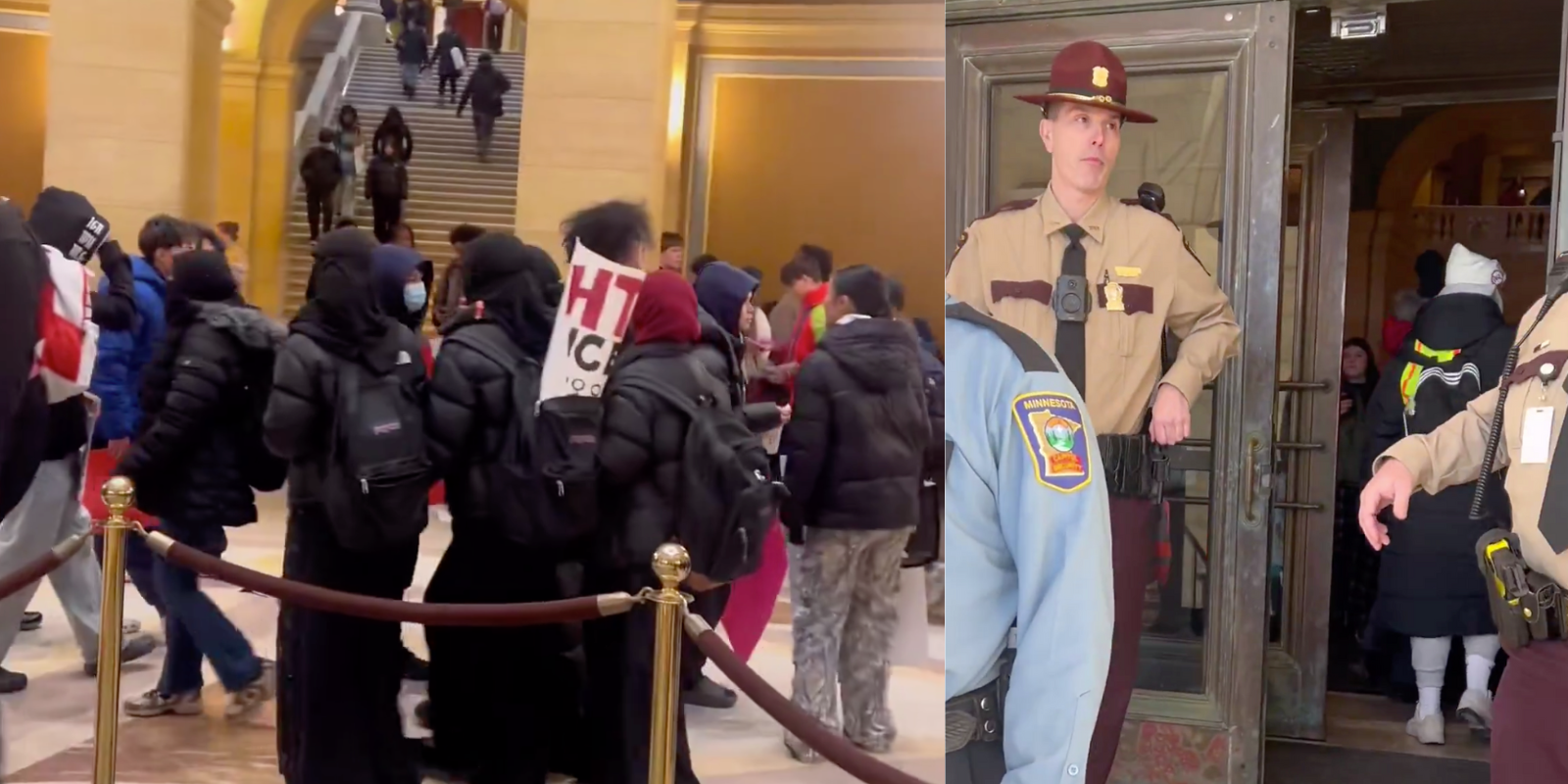Recent data from the National Center for Education Statistics (NCES) has found that nearly one-third of students in public schools across the United States are behind their current grade level. This finding highlights the ongoing educational challenges in the aftermath of the COVID-19 pandemic.
The data comes from the School Pulse Panel, a study designed to assess the impact of the COVID-19 lockdowns on education. This study collects information from elementary, middle, and high schools nationwide, with a focus on grade proficiency in subjects like English, social studies, math, and science.
The results indicate that an average of 32 percent of students are currently behind their grade level. Regional differences are stark: in the Northeast, the percentage of students behind grade level rose from 26 percent to 31 percent over the past two years. The Midwest saw a slight increase from 30 percent to 31 percent. The West, which has the highest number of students lagging, reported an increase from 37 percent to 39 percent. The South was the only region to show improvement, with a decrease from 34 percent to 29 percent.
School choice advocate Corey DeAngelis responded to the report’s findings, stating to Fox News that “The government school system has become more of a jobs program for adults than an education initiative for kids.”
“The government school system is failing too many students while spending nearly $20,000 per student per year. No child should be trapped in a one-size-fits-all failure factory any longer. The money should follow the child to the school that best meets their needs. That would give the assigned government-run schools a real incentive to do a better job,” he explained.
One significant factor contributing to the educational delays following COVID-19 may be the increase in chronic absenteeism exacerbated by the pandemic. DeAngelis pointed to teachers’ unions as part of the problem, arguing, “The kids learned from the power-hungry teachers unions who did everything they could to avoid going back to school starting in 2020. The teachers unions told everyone that school wasn’t important and we’re still seeing the consequences.”
This piece first appeared at TPUSA.






